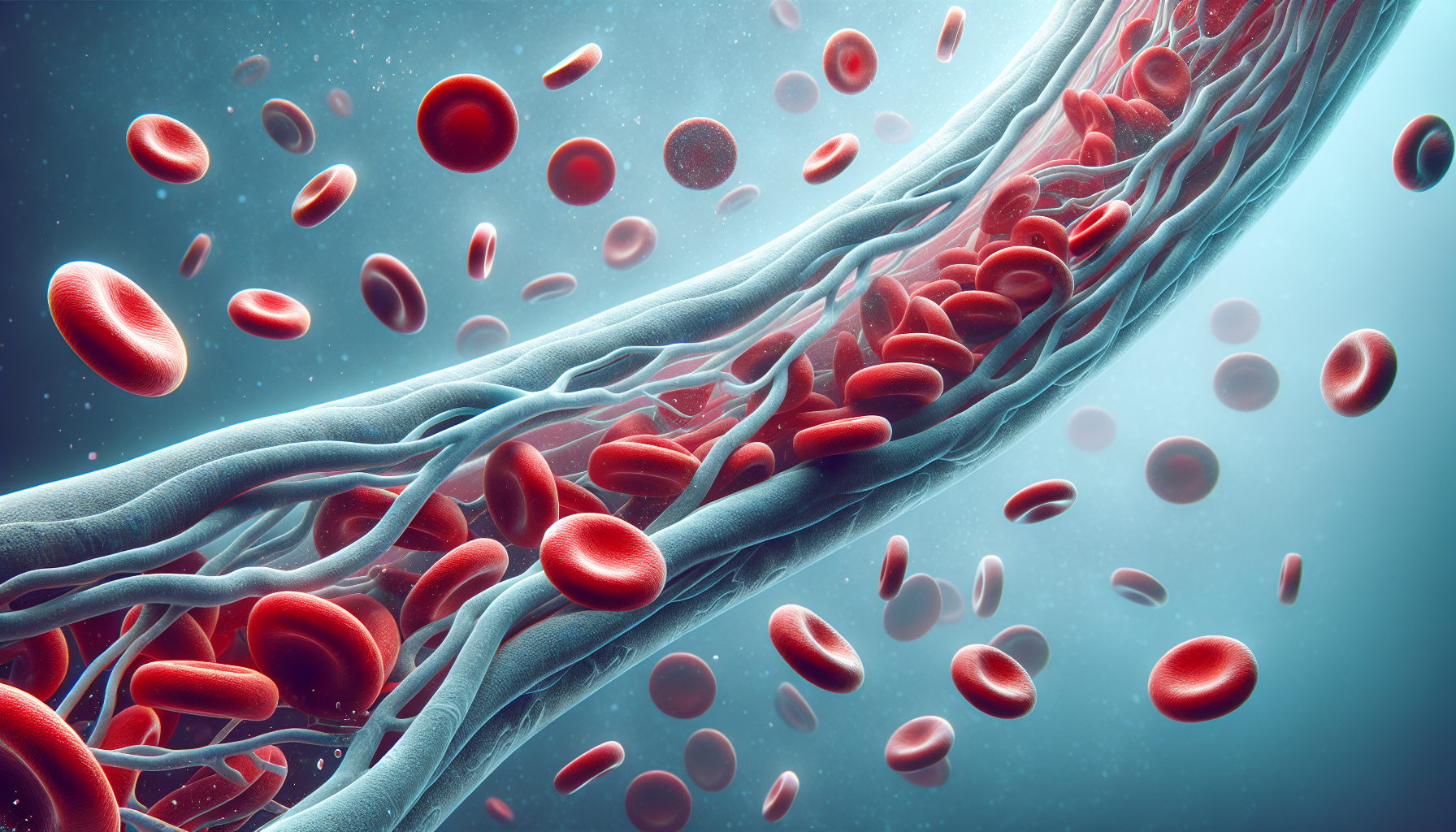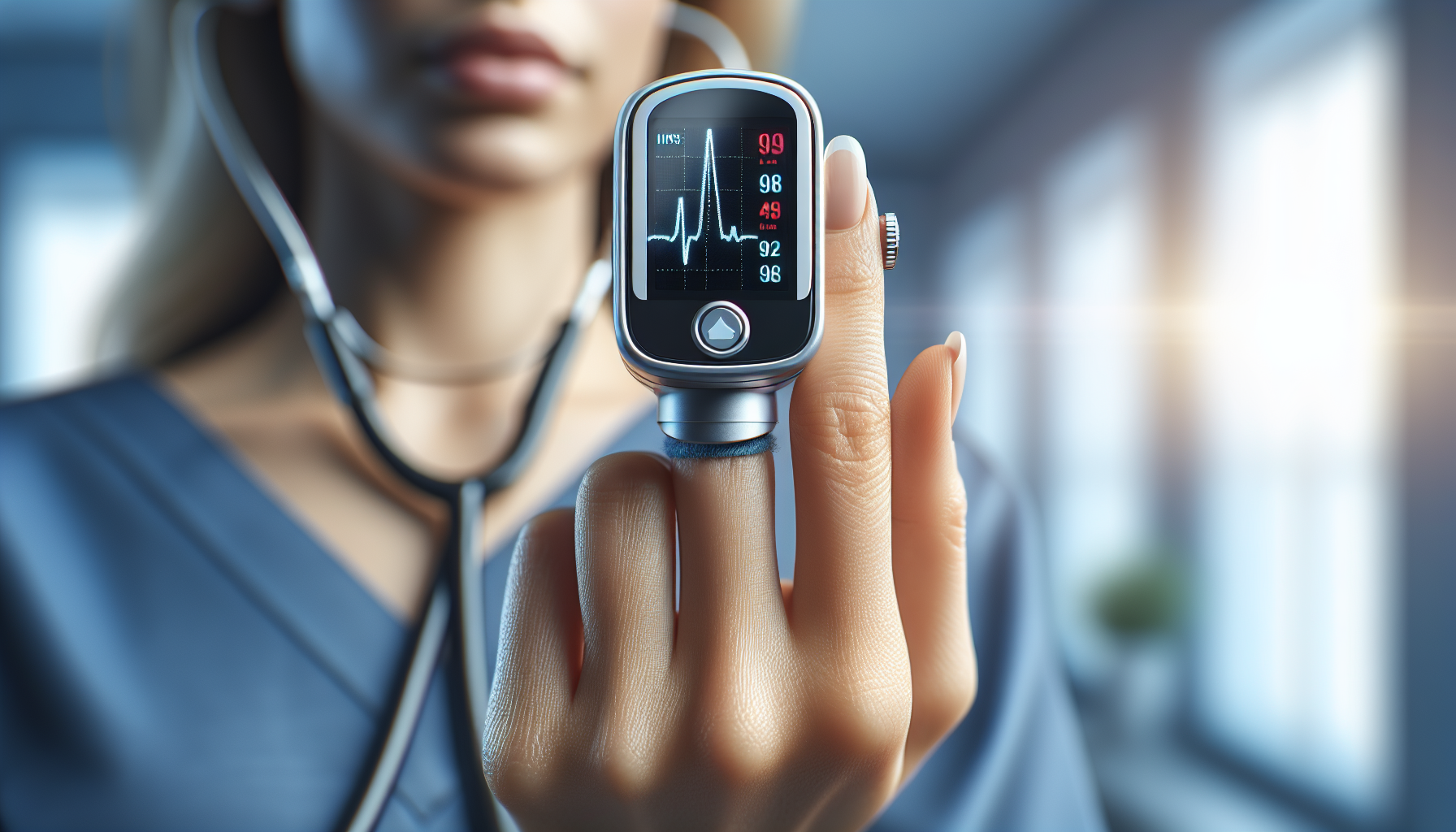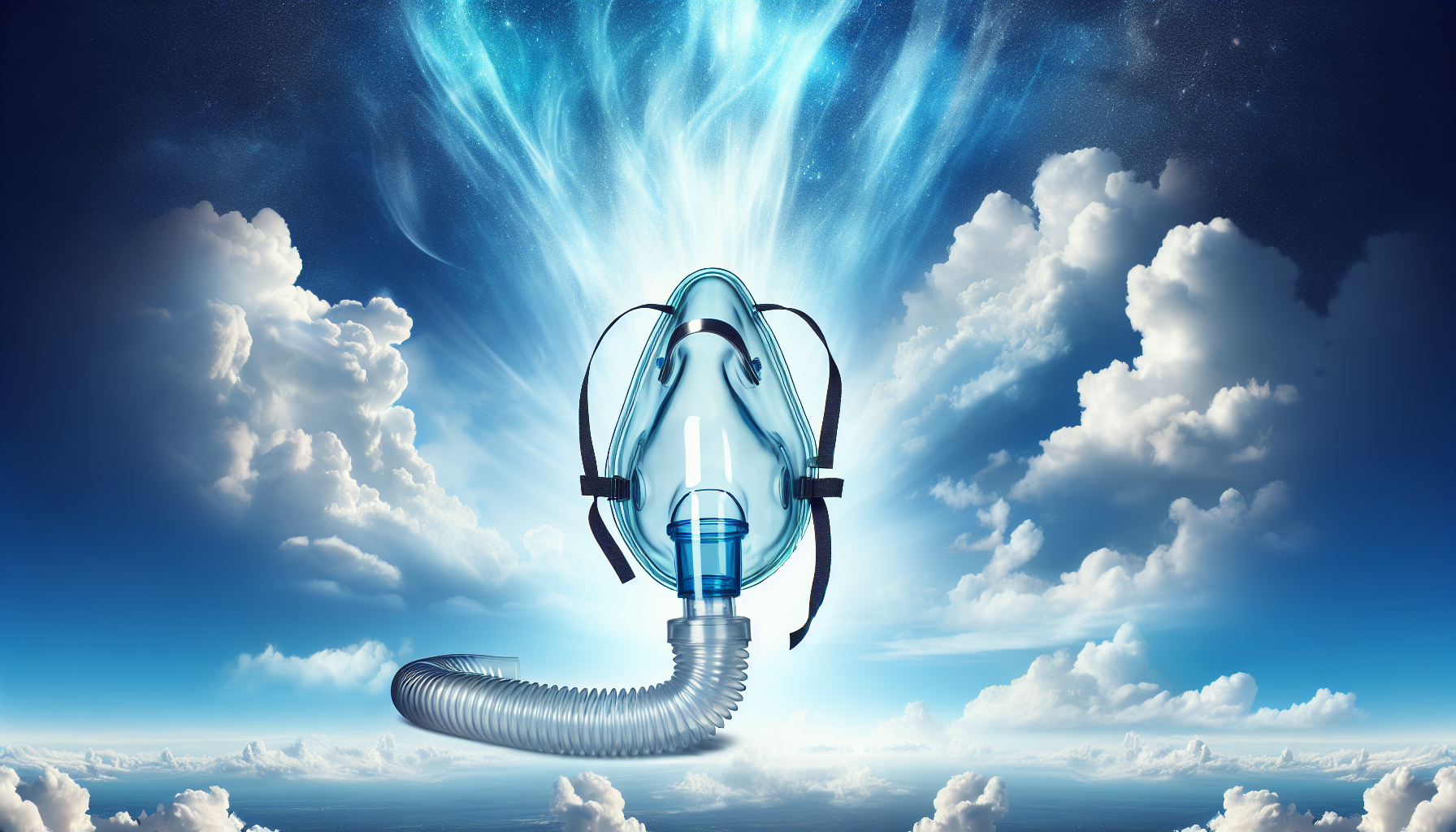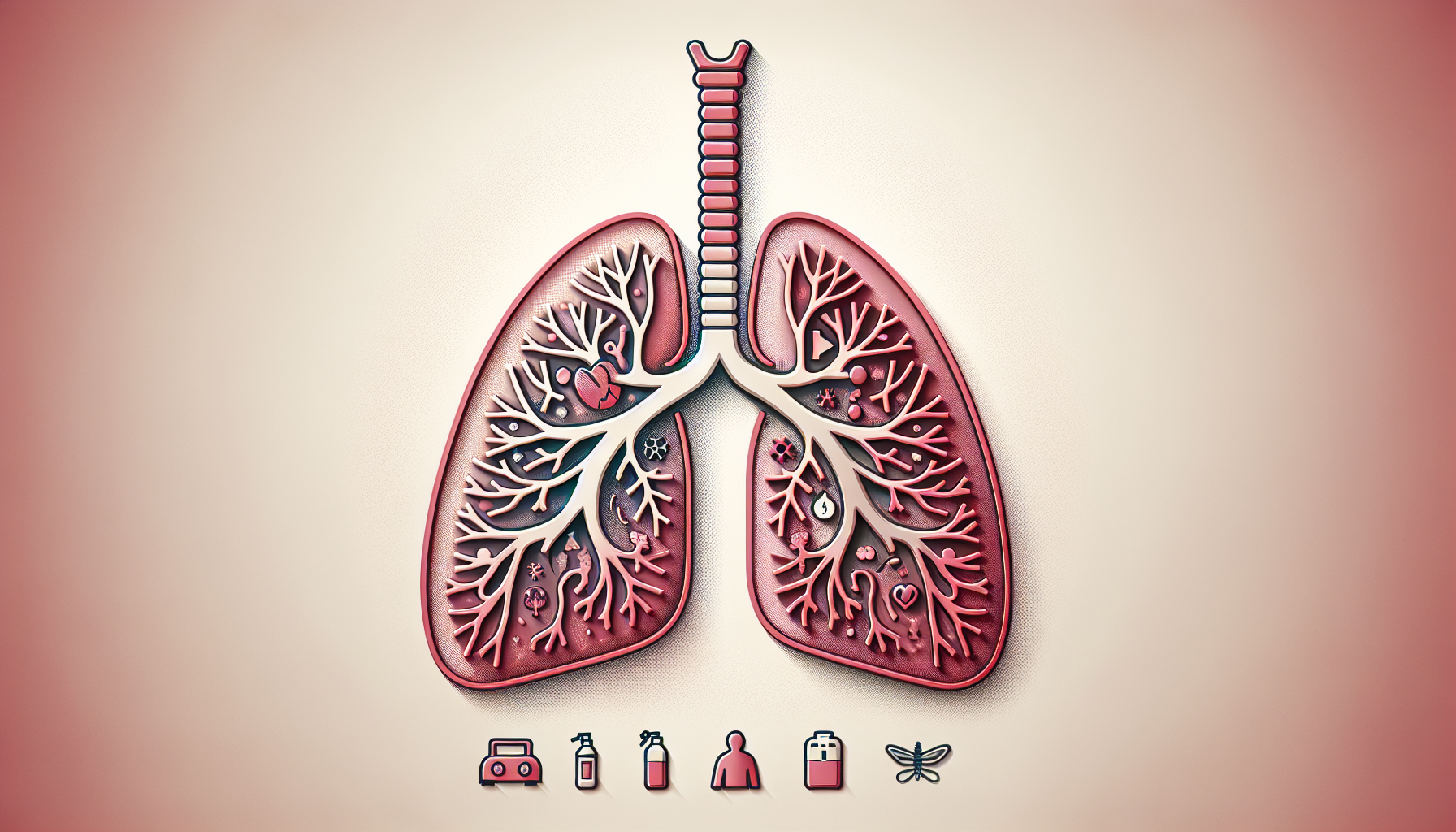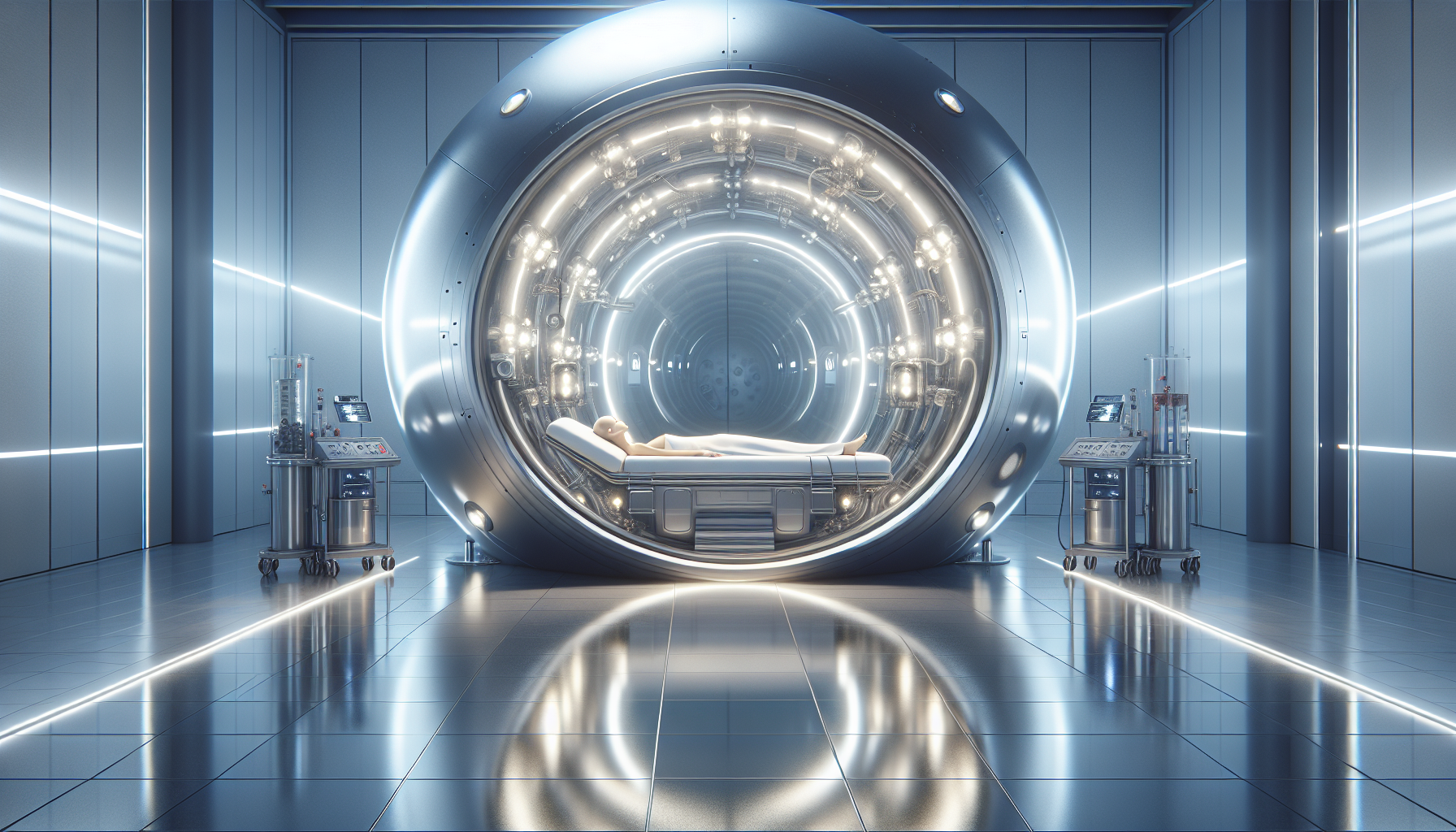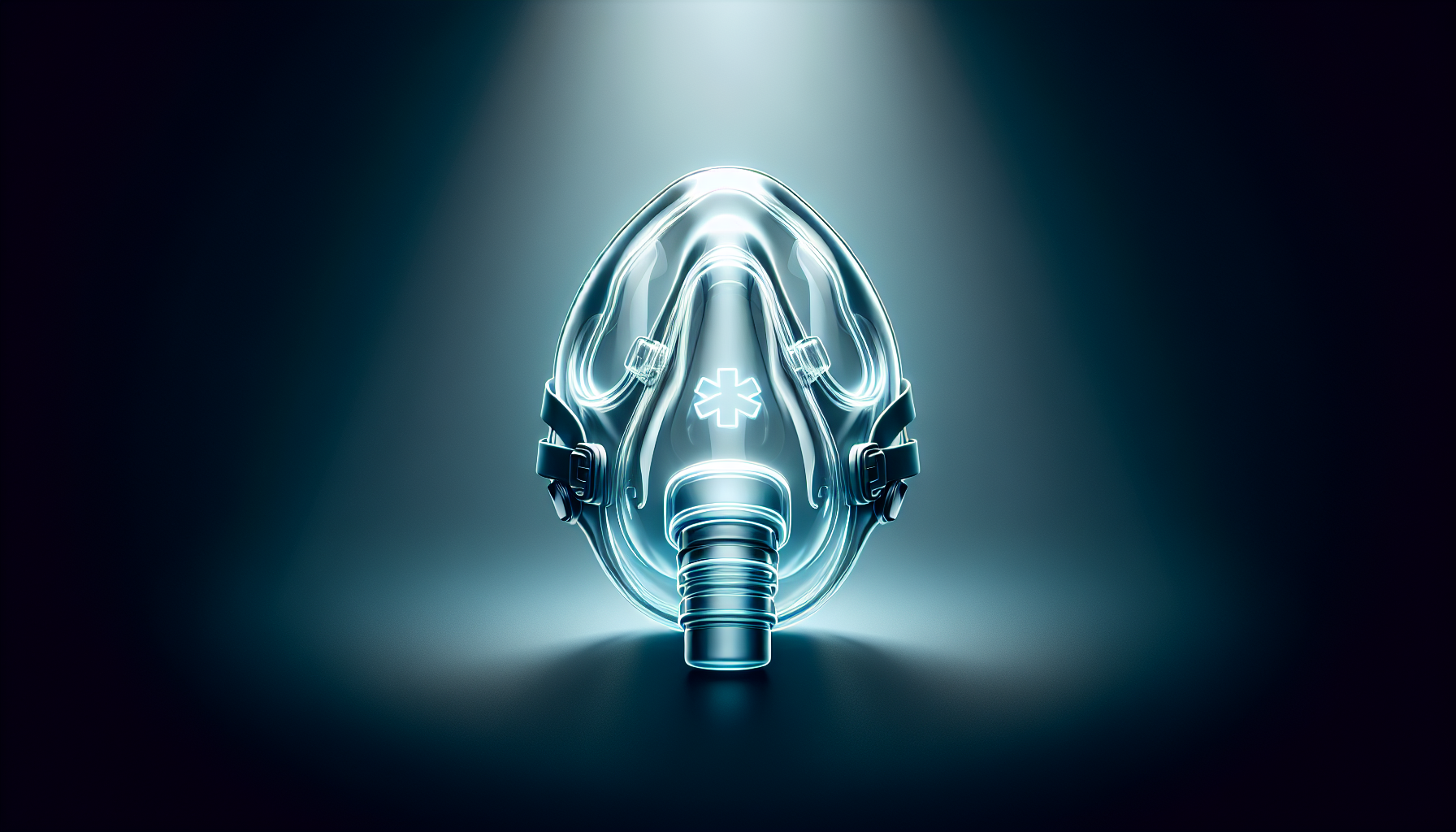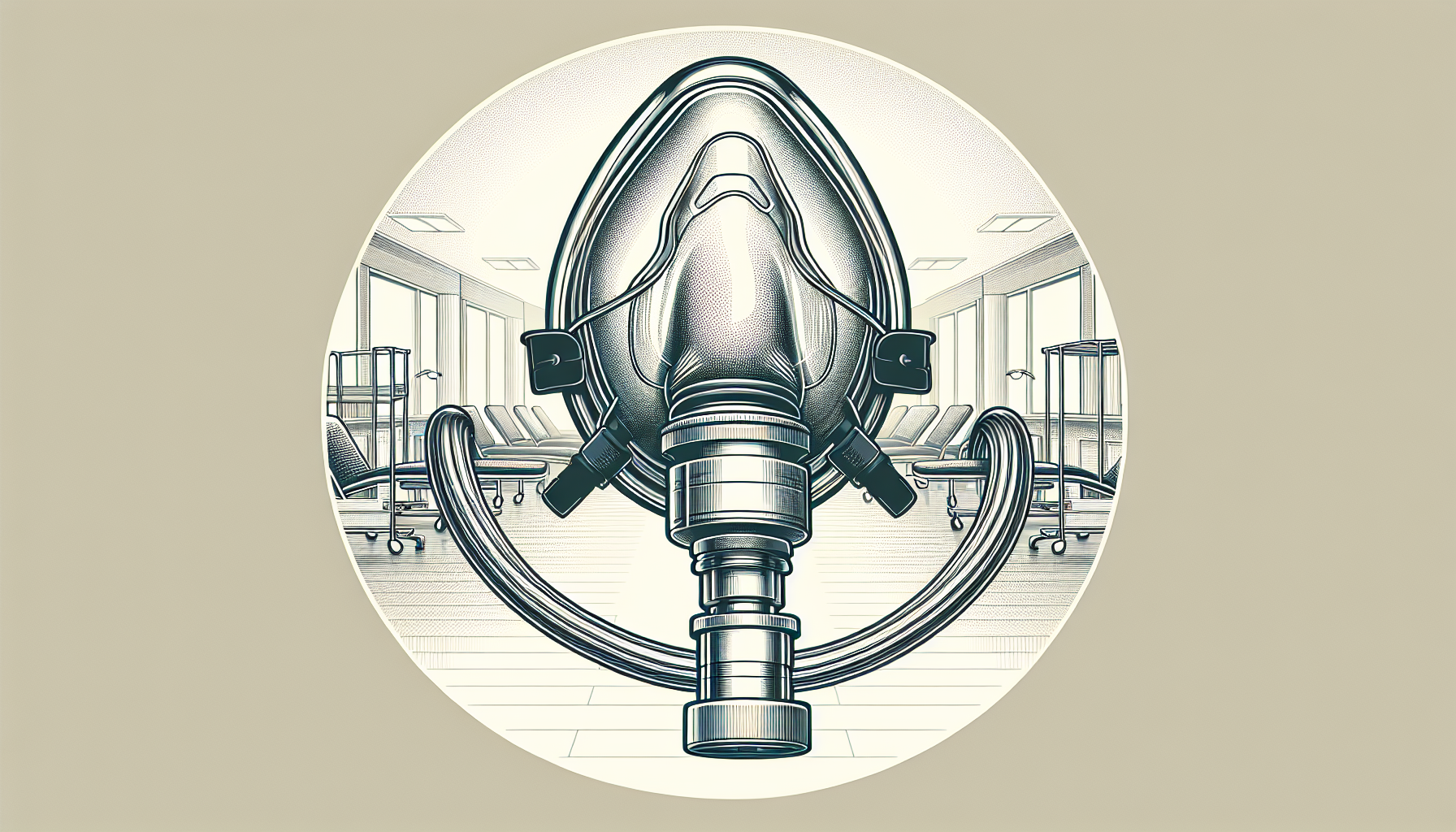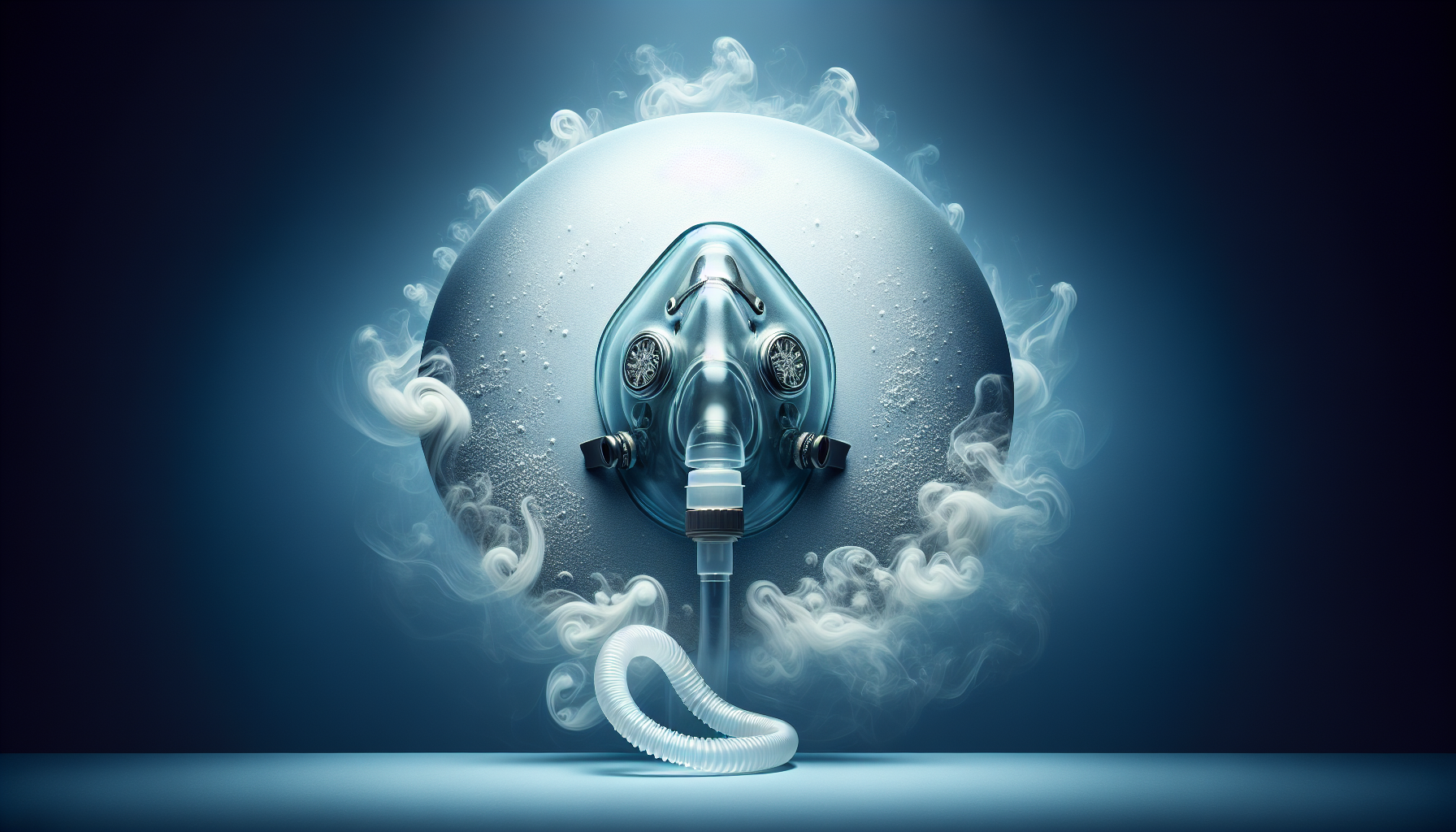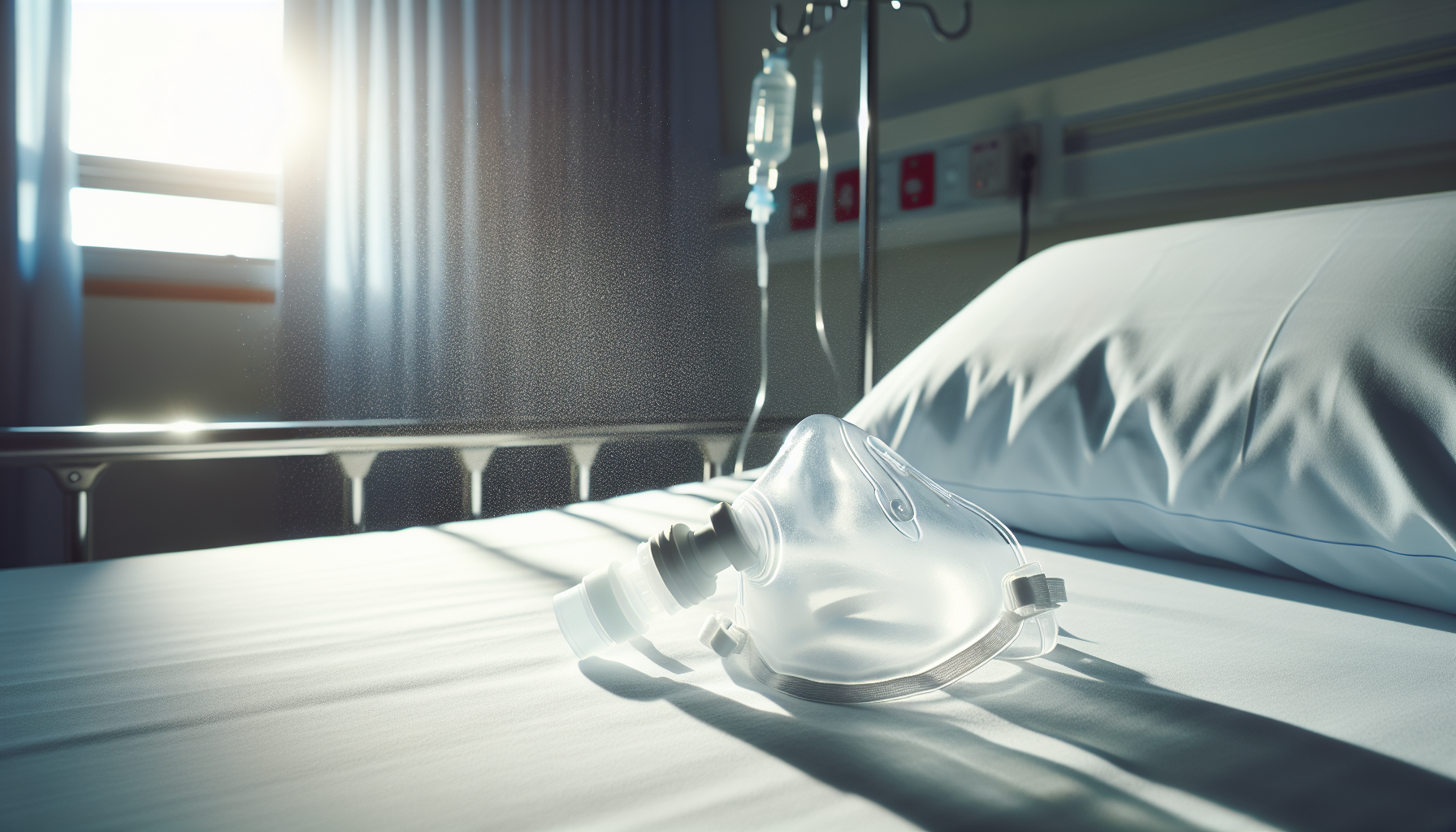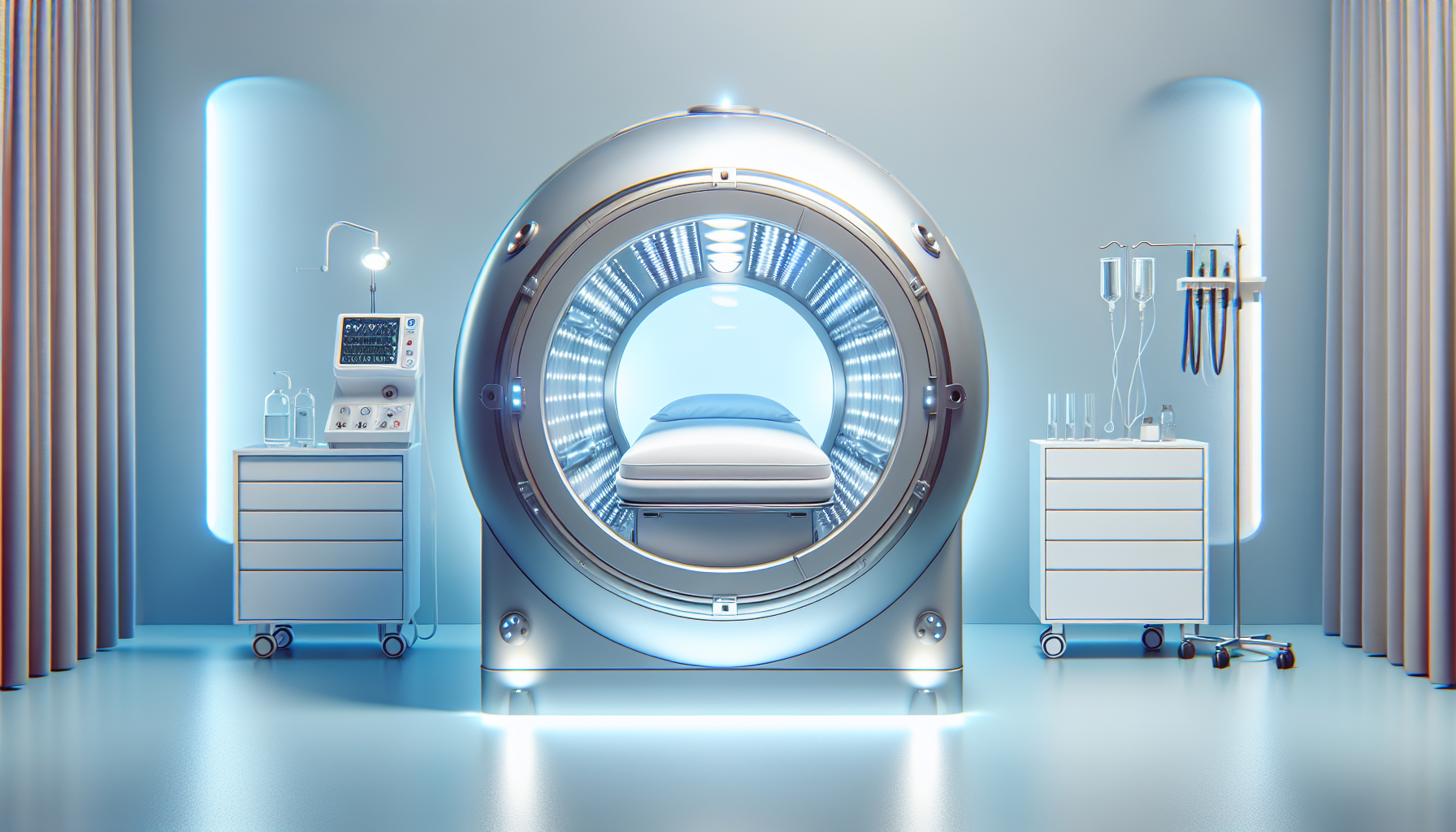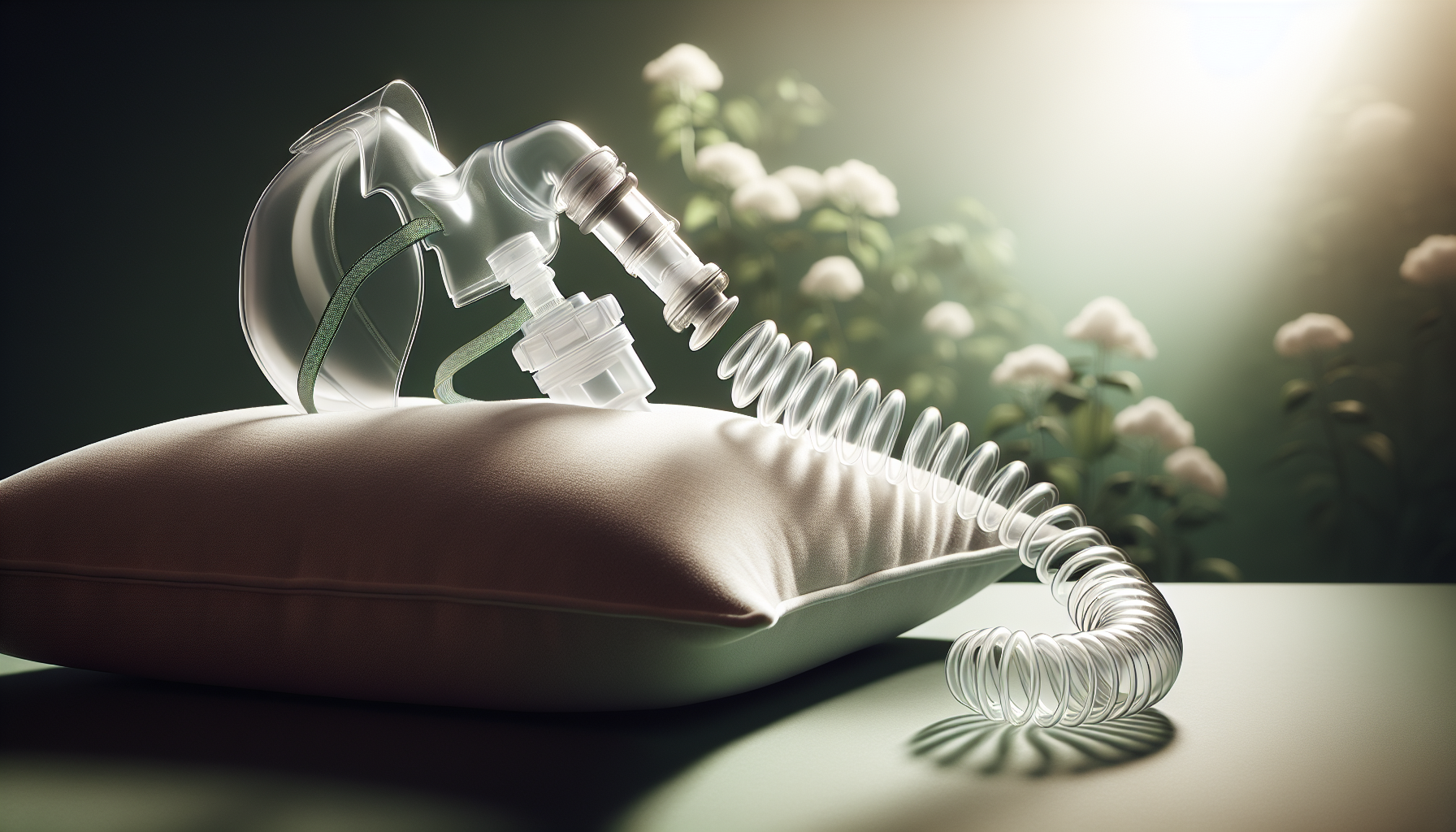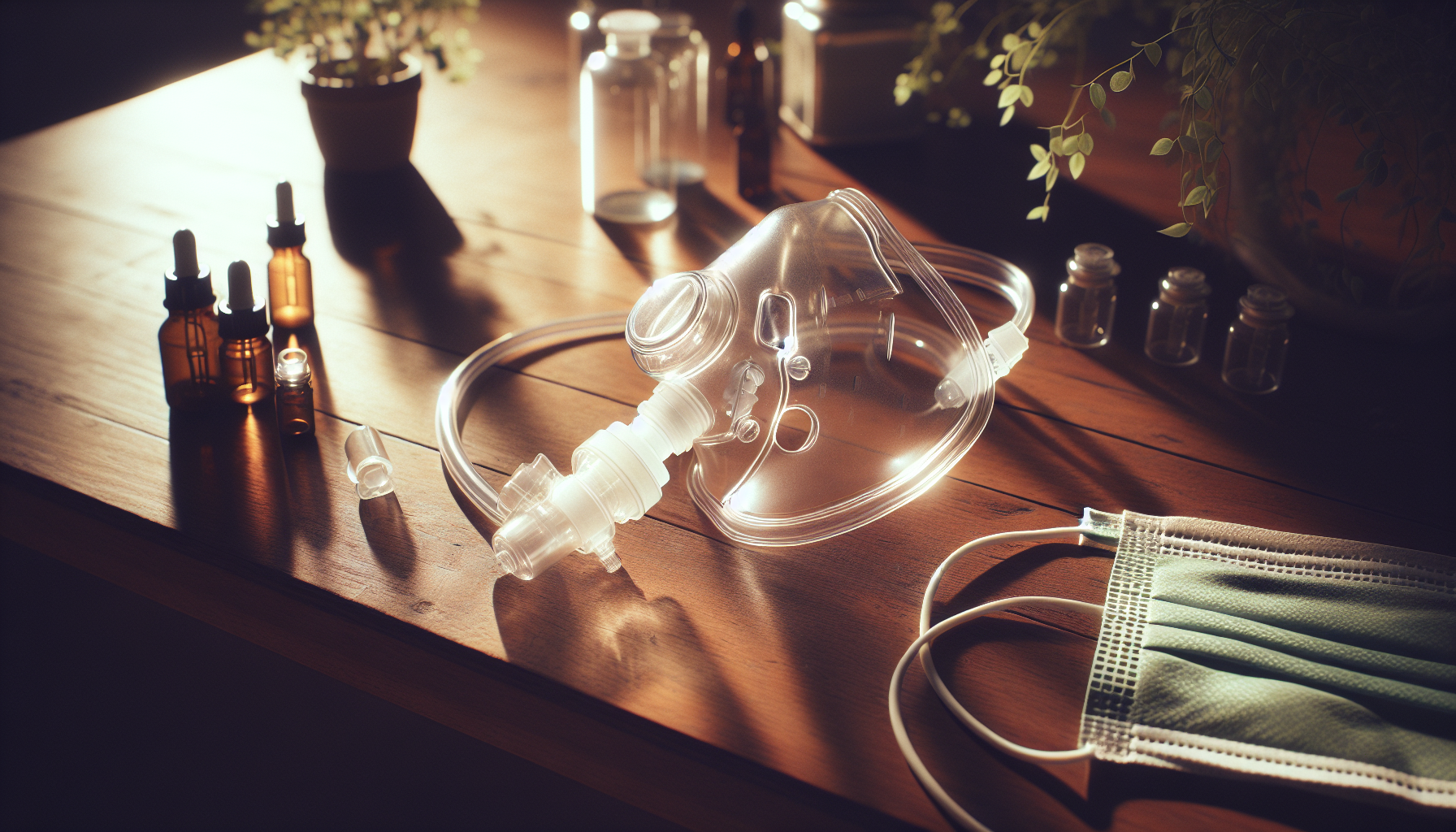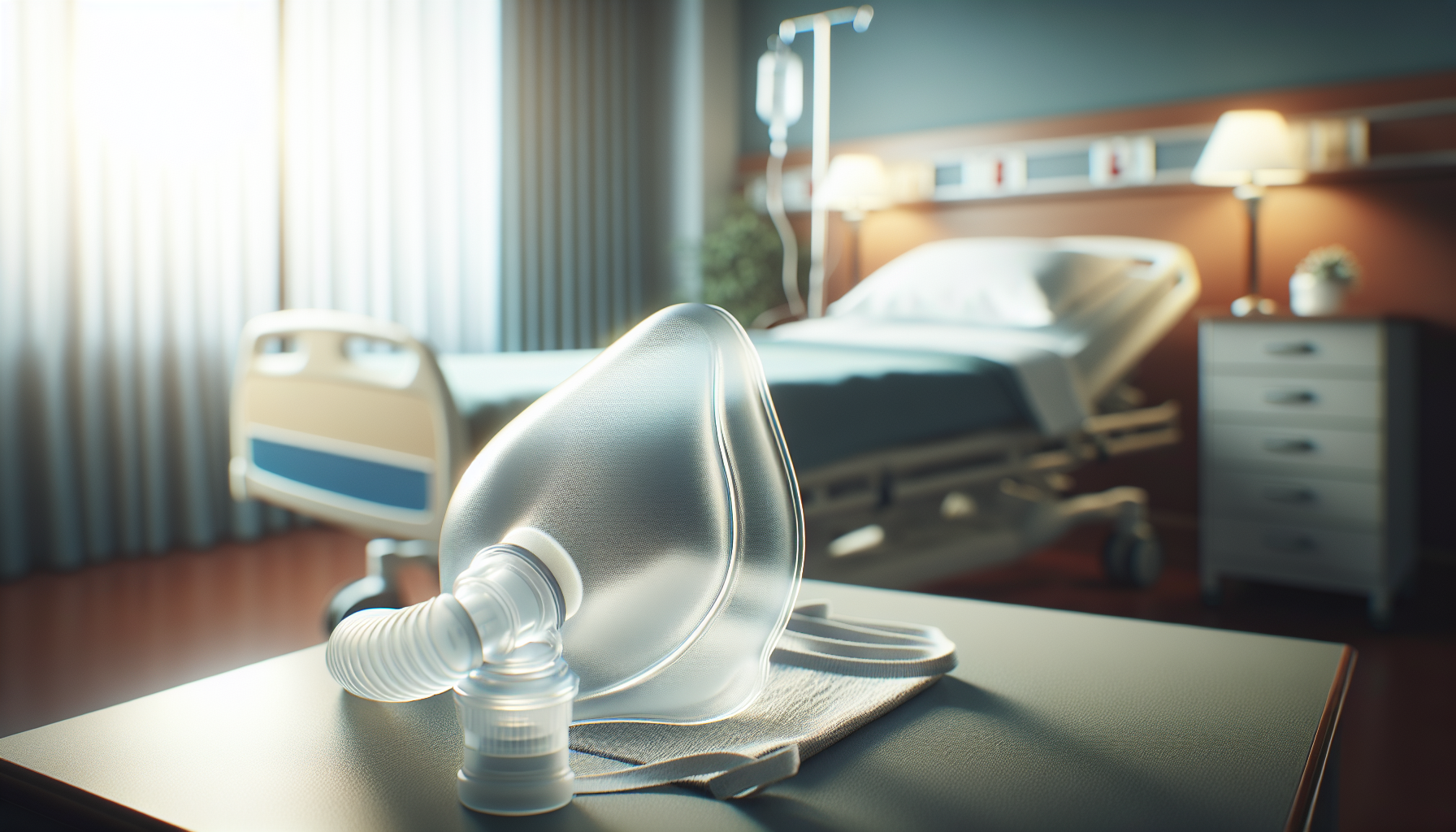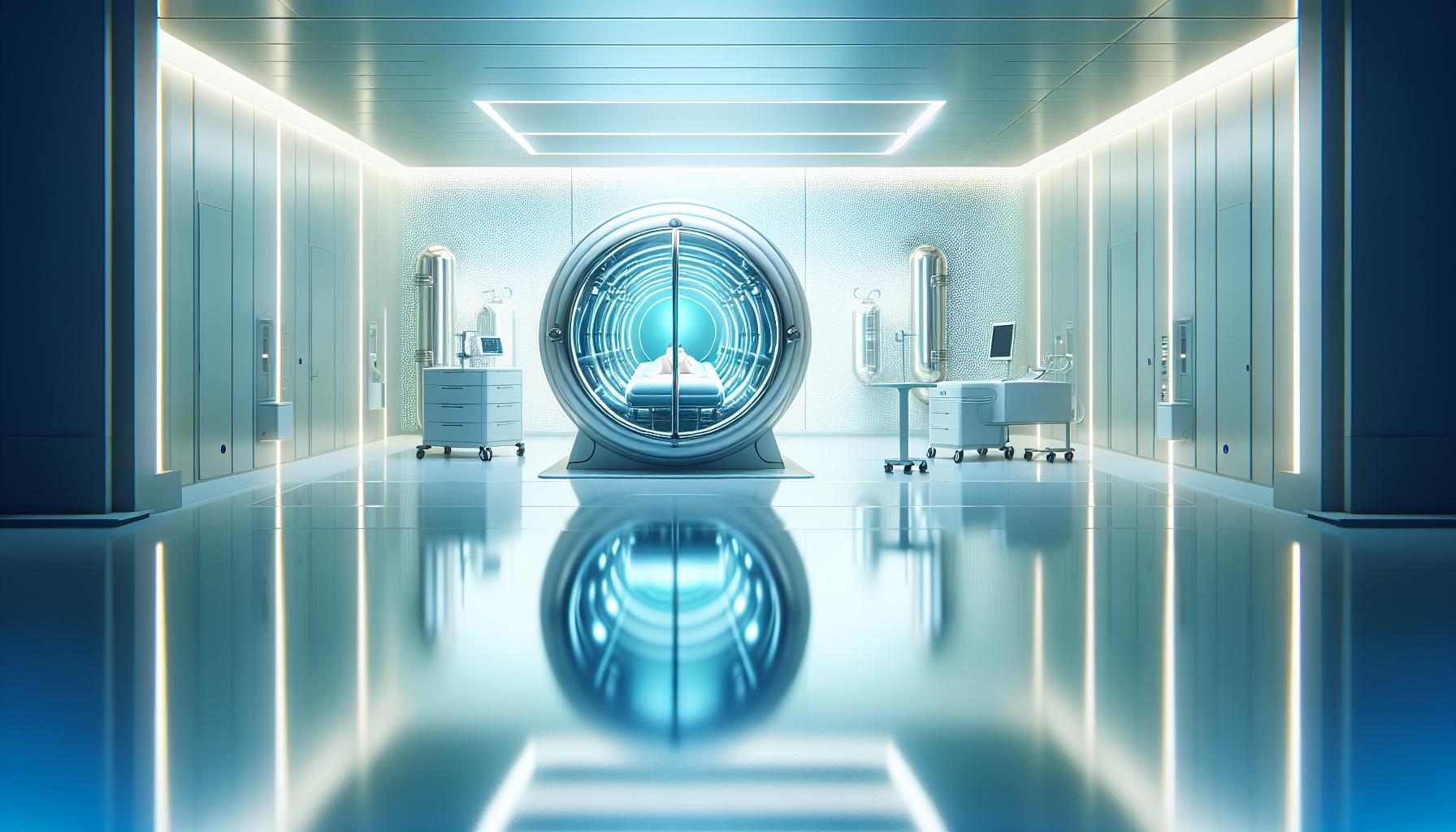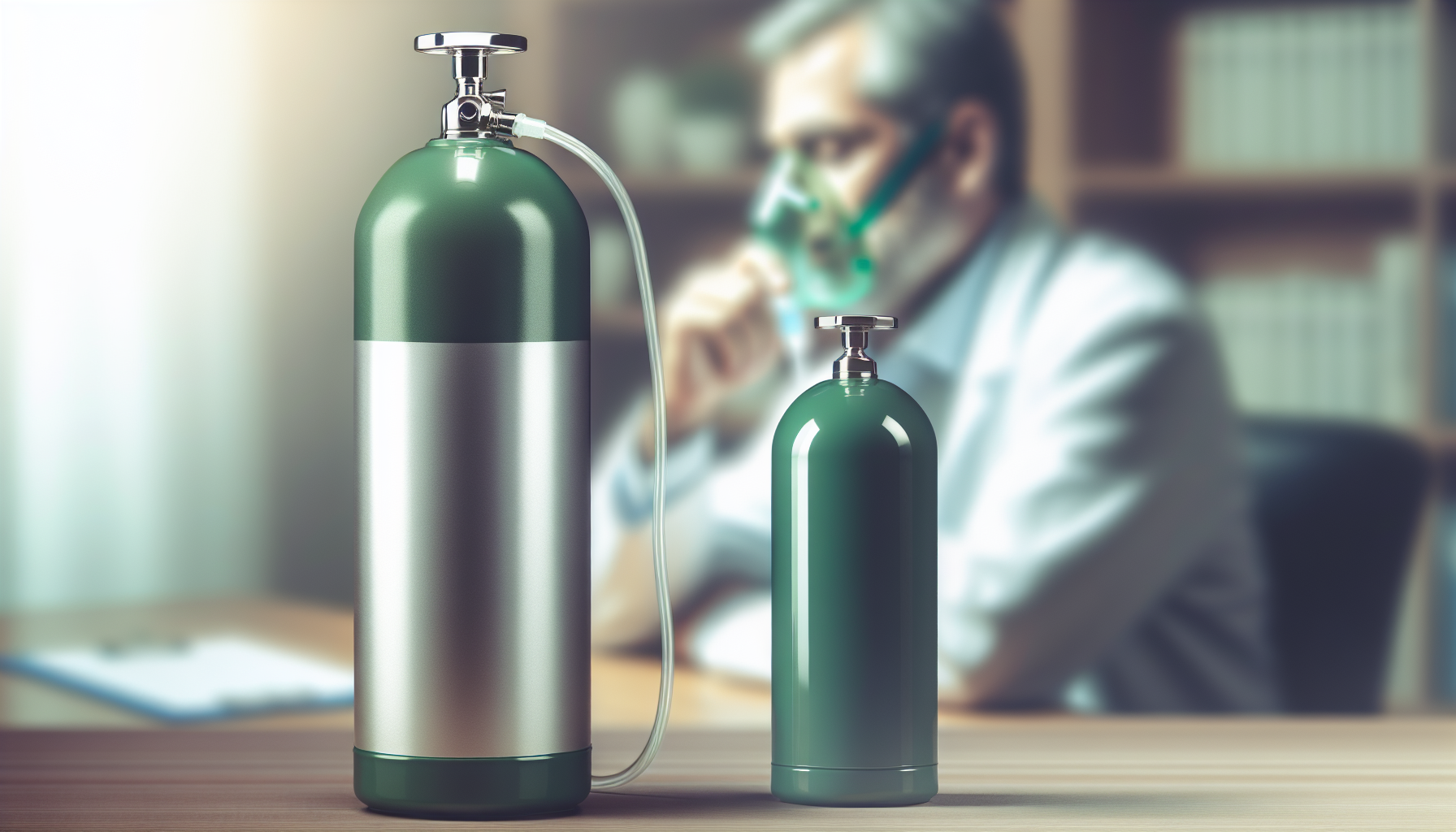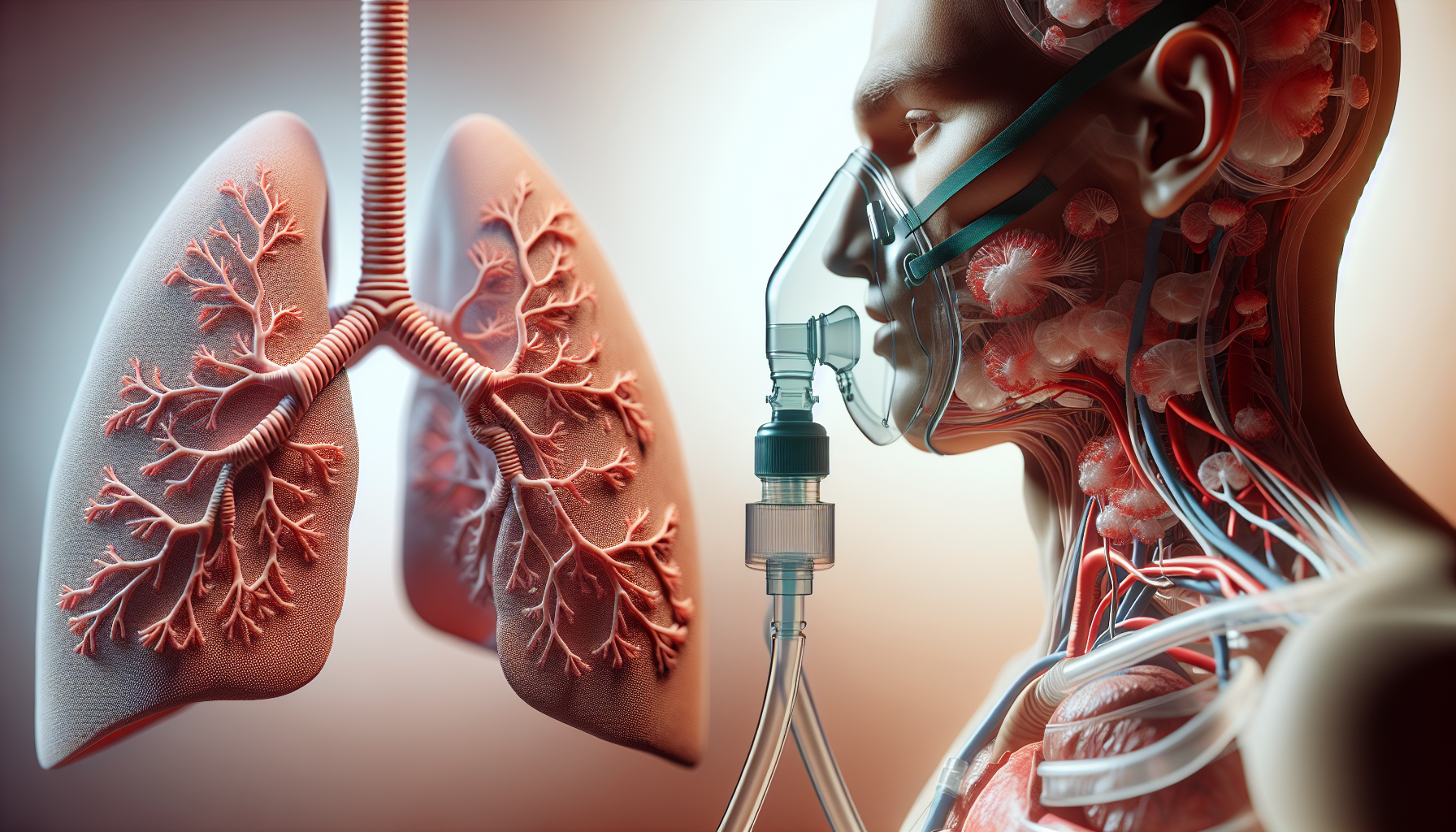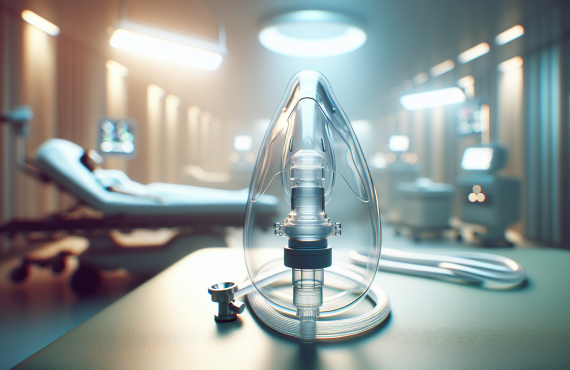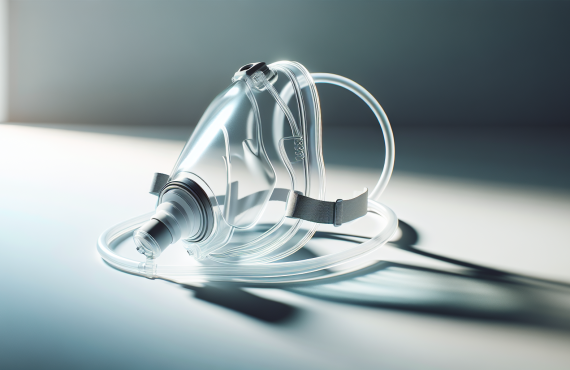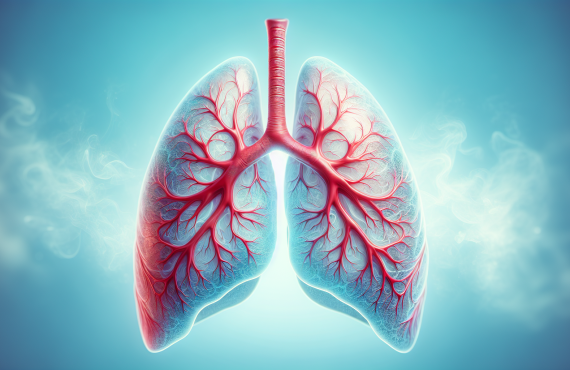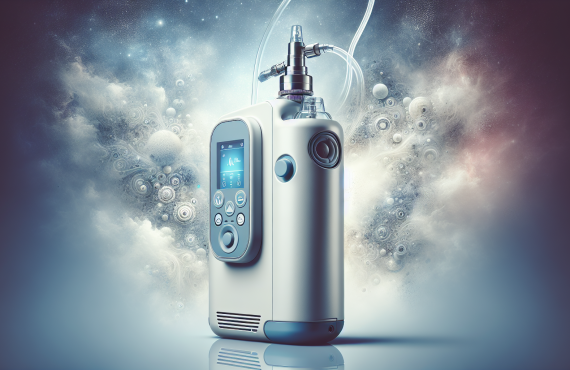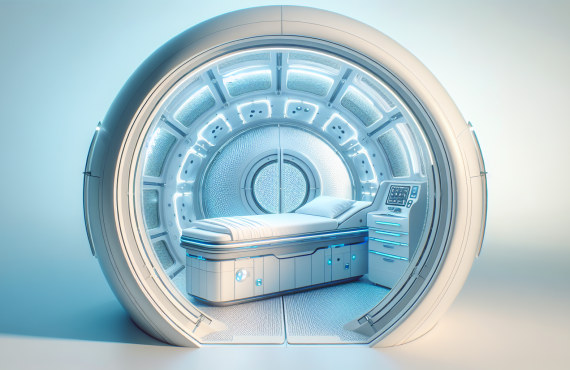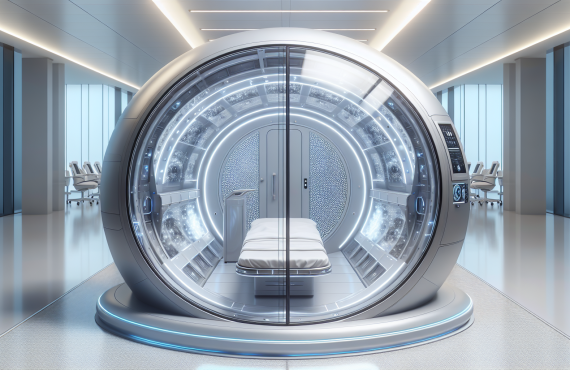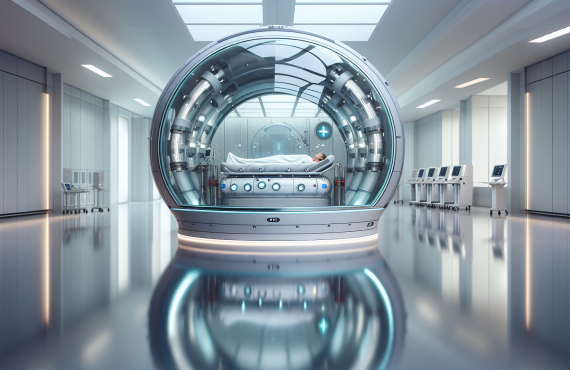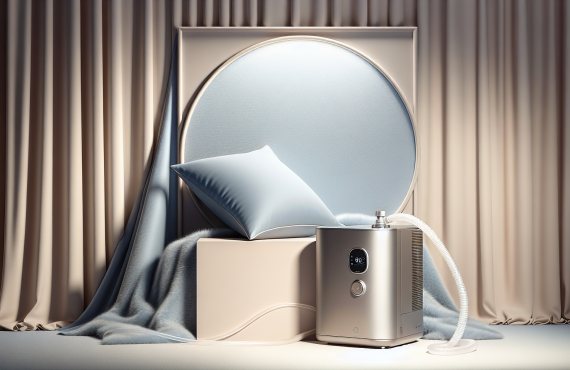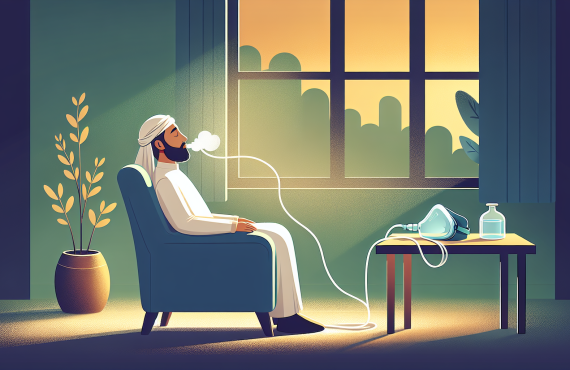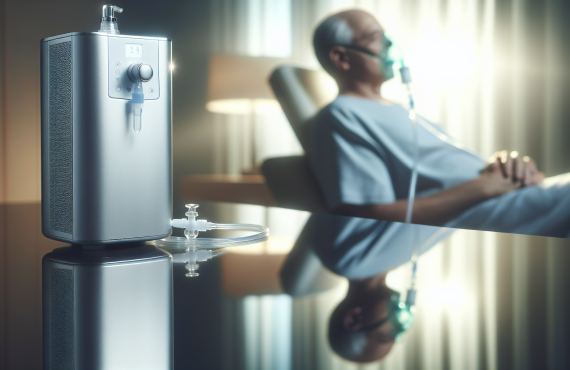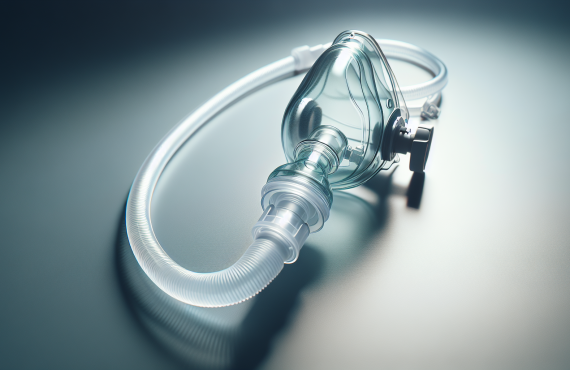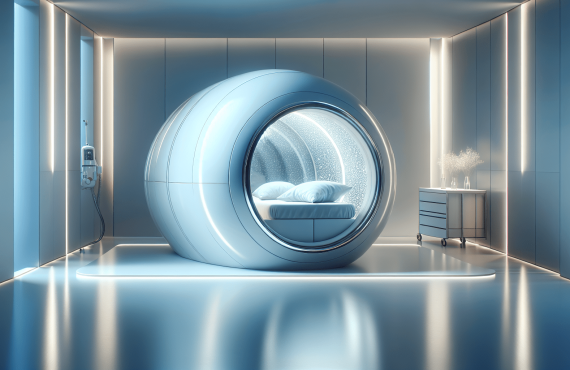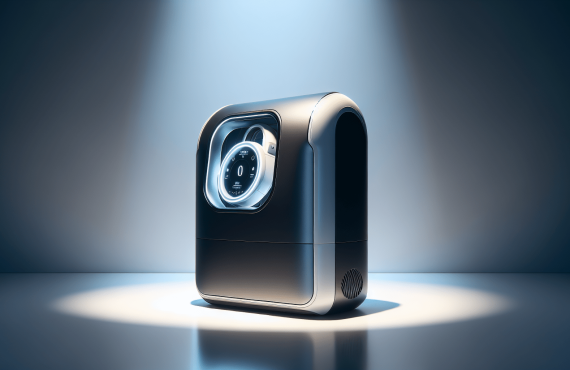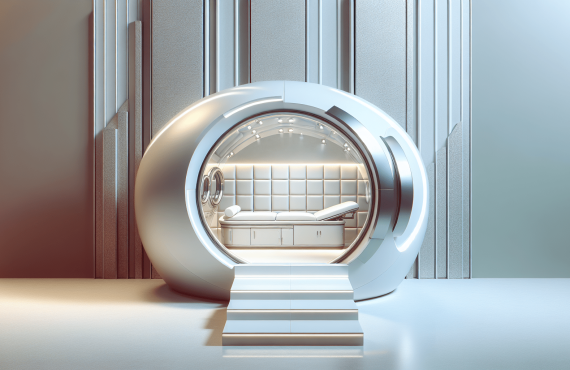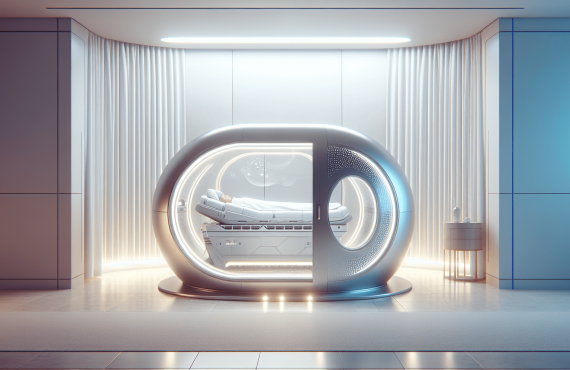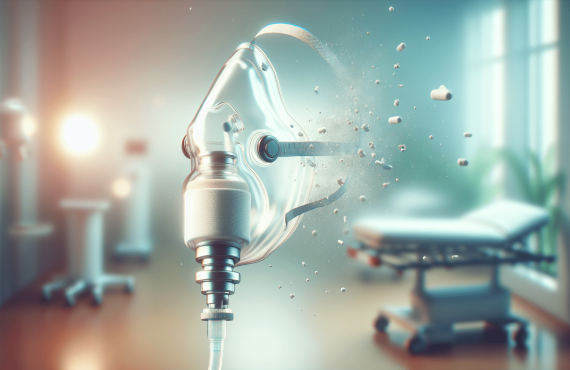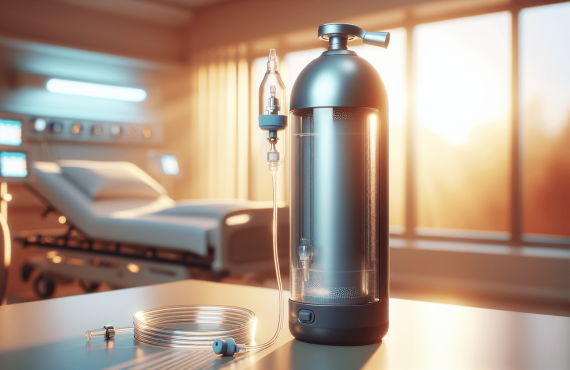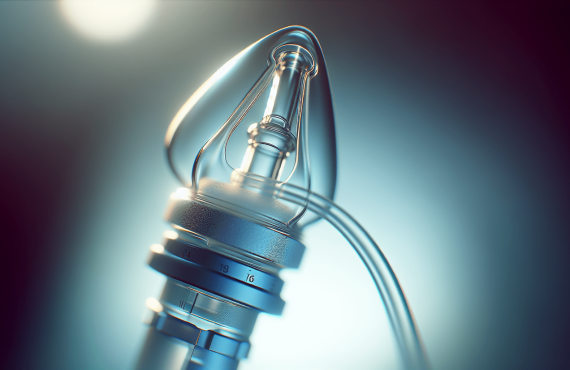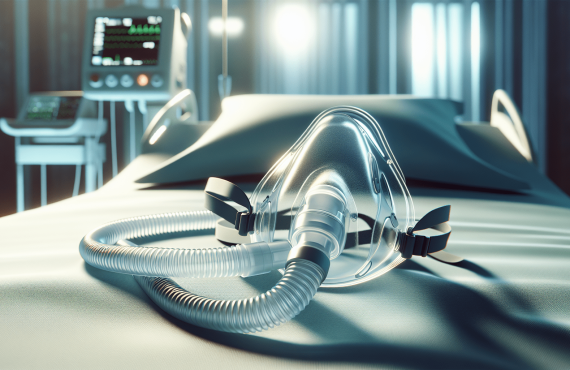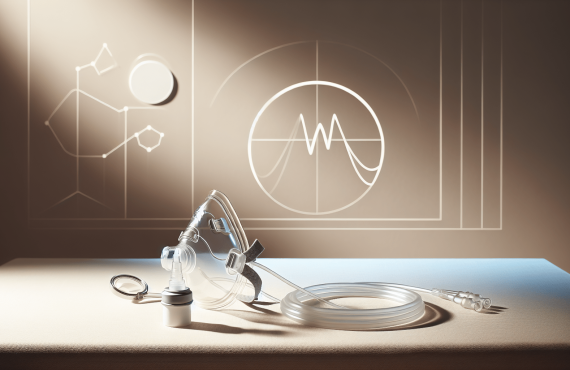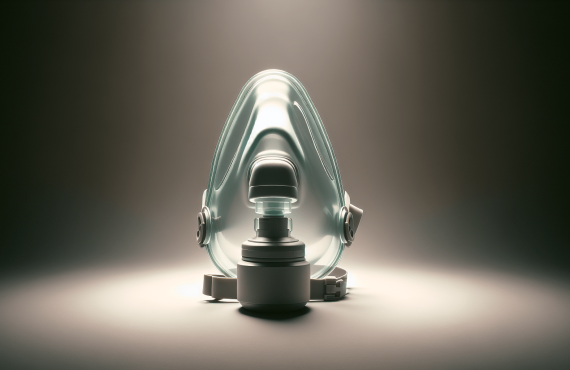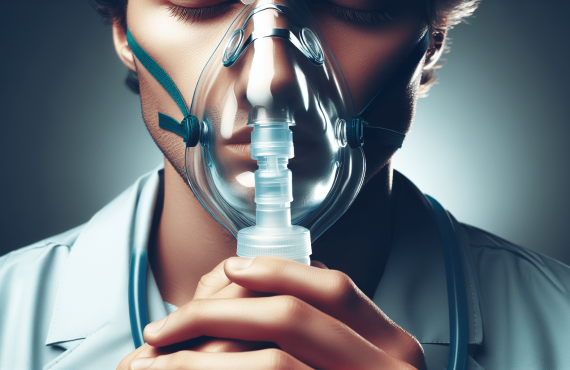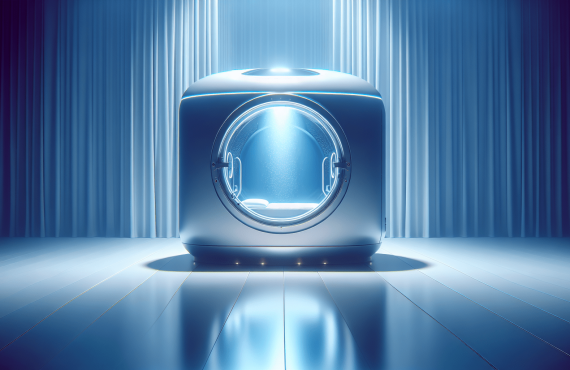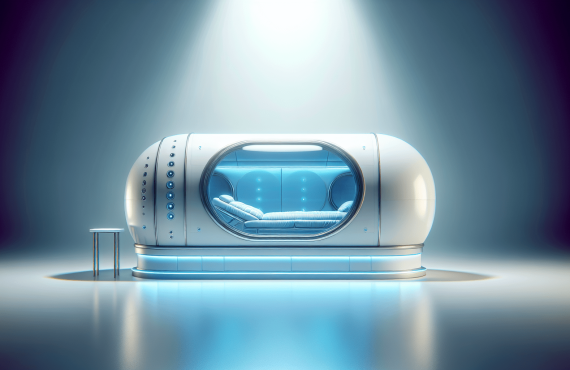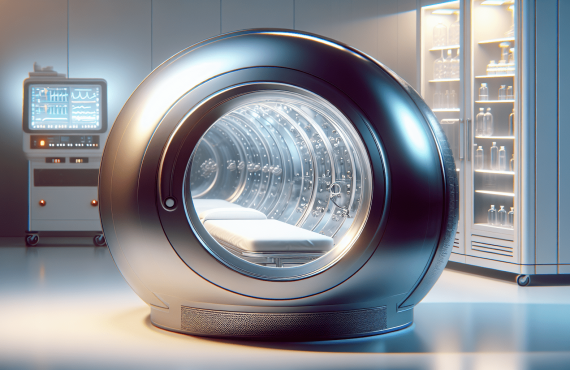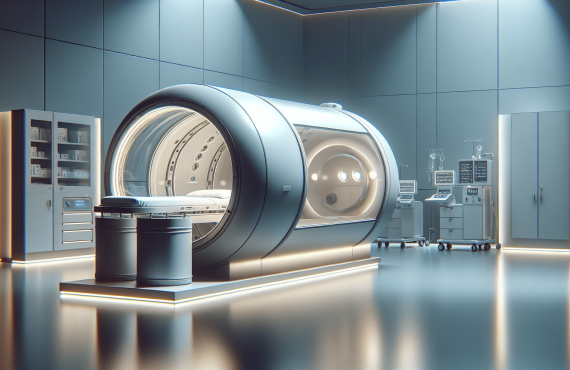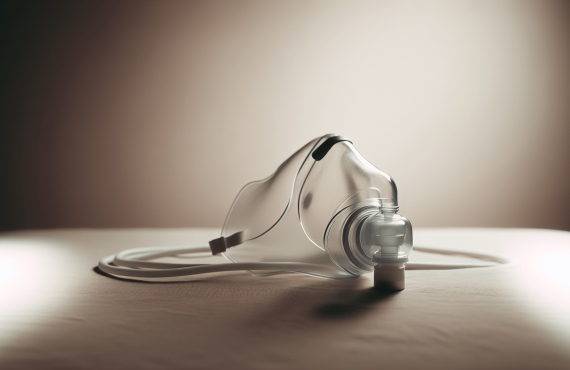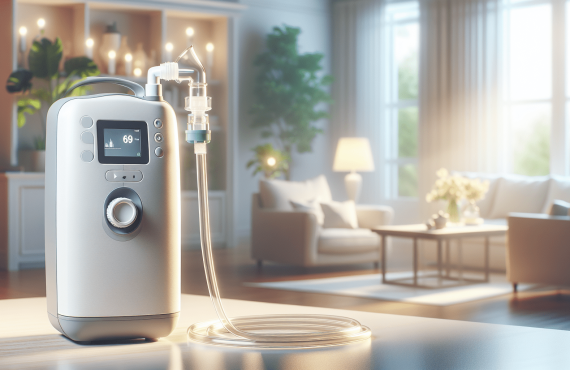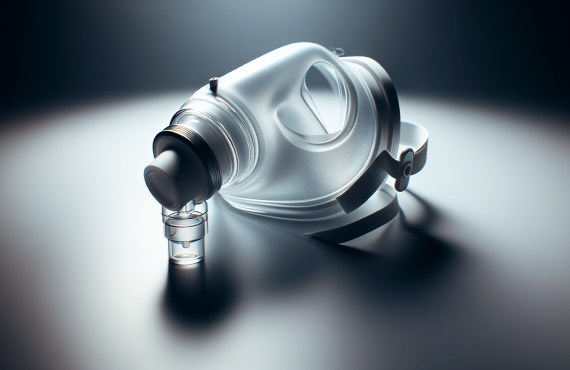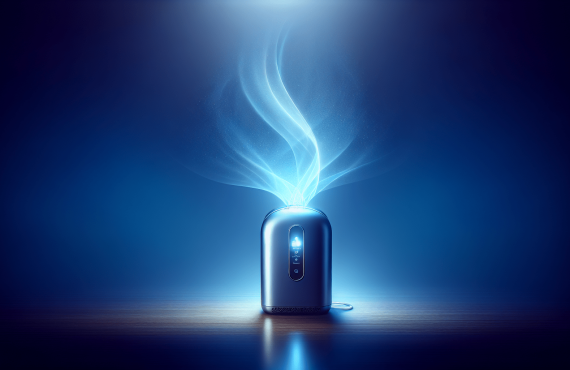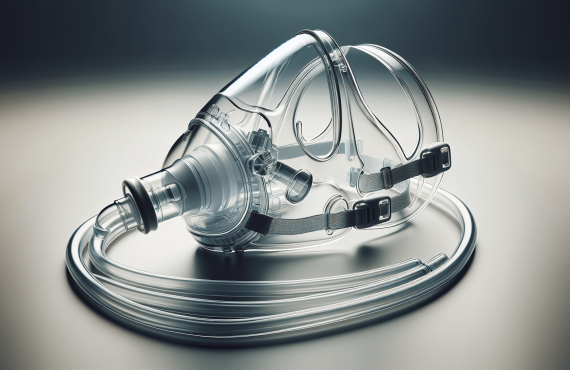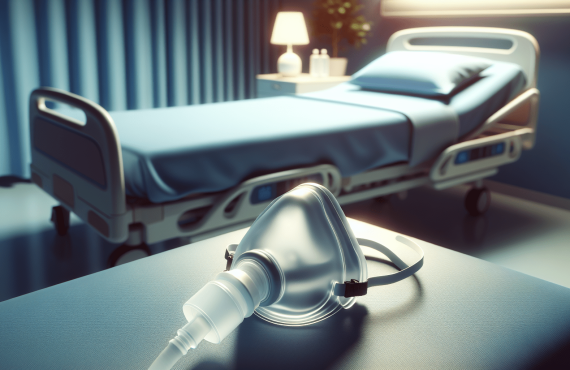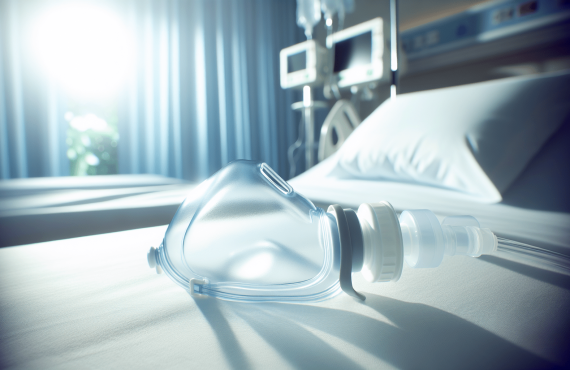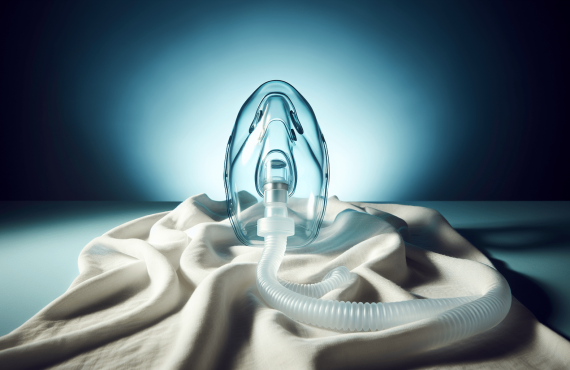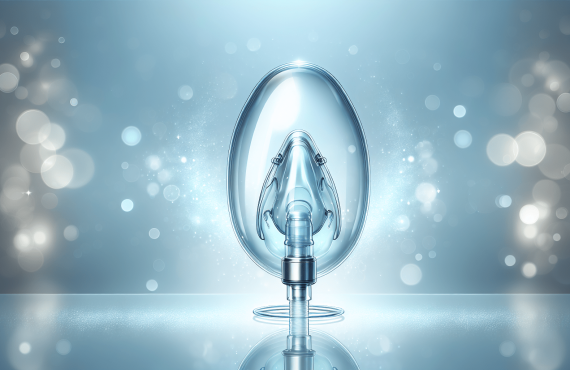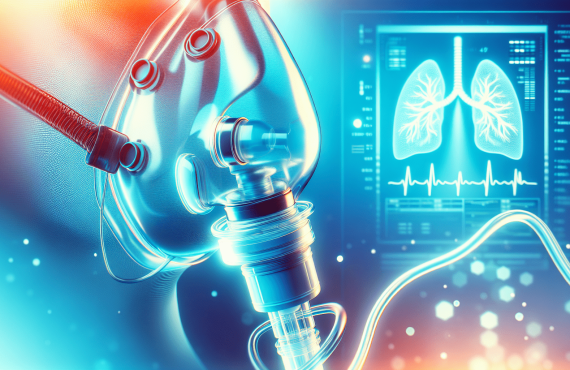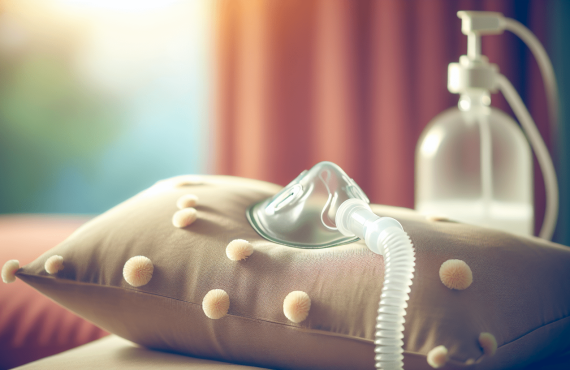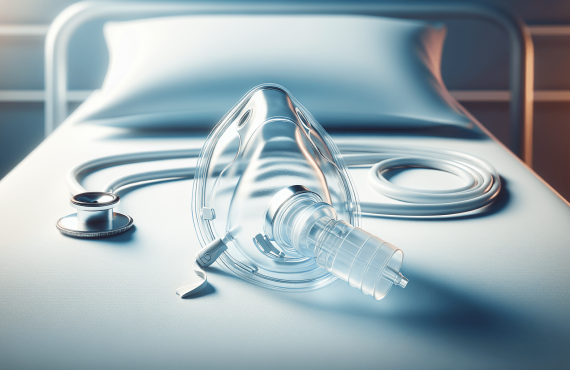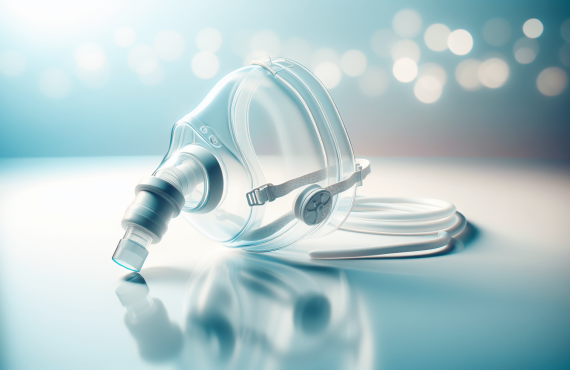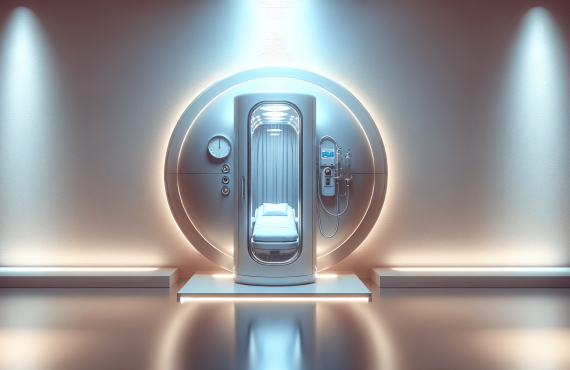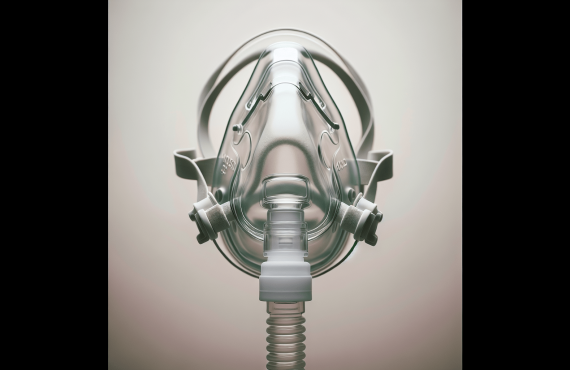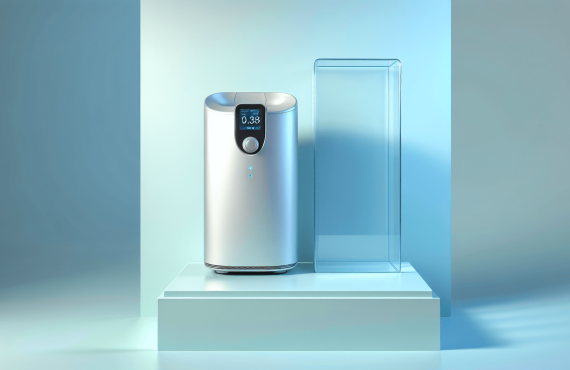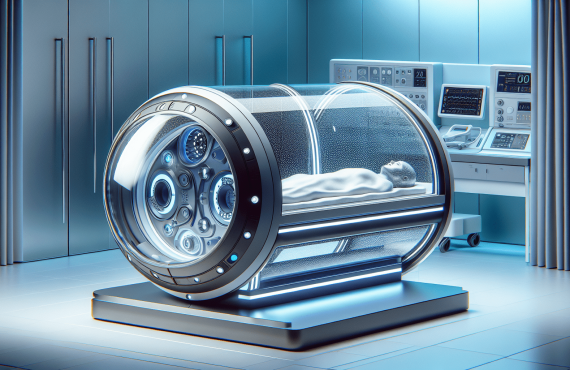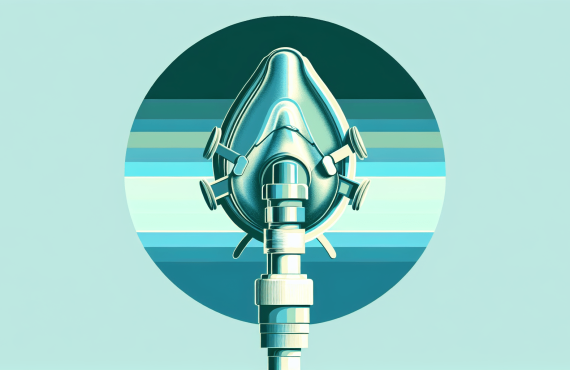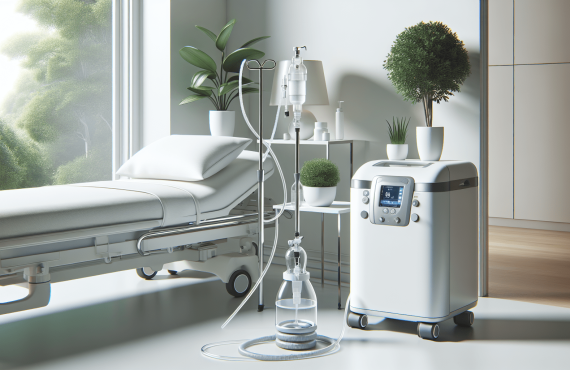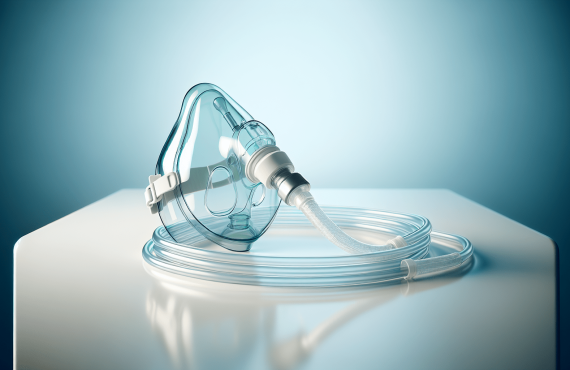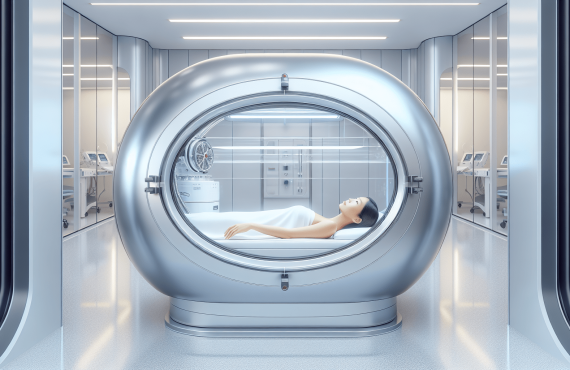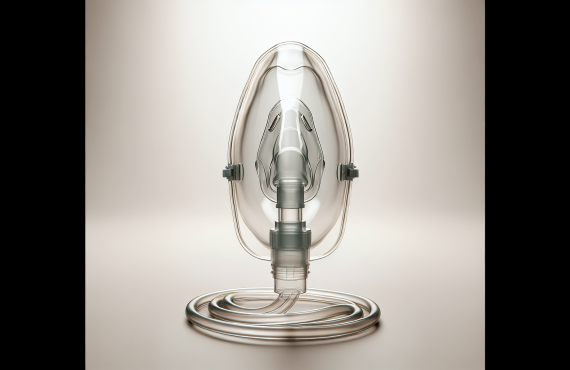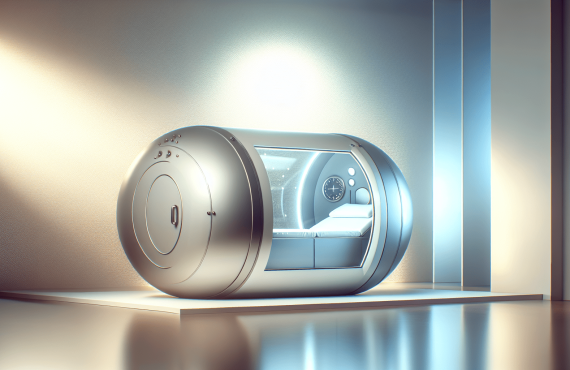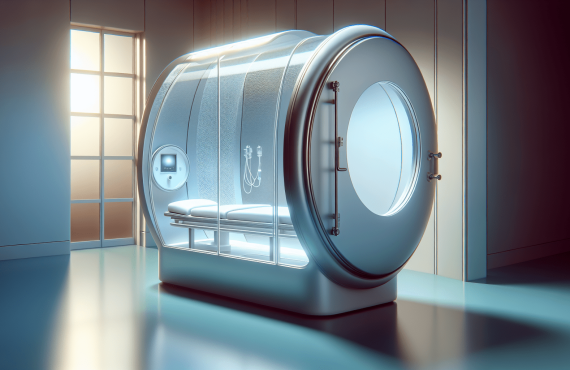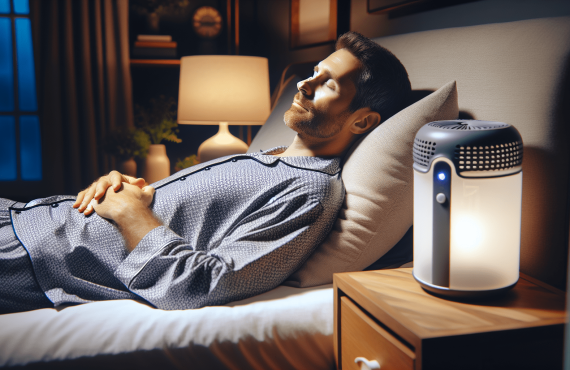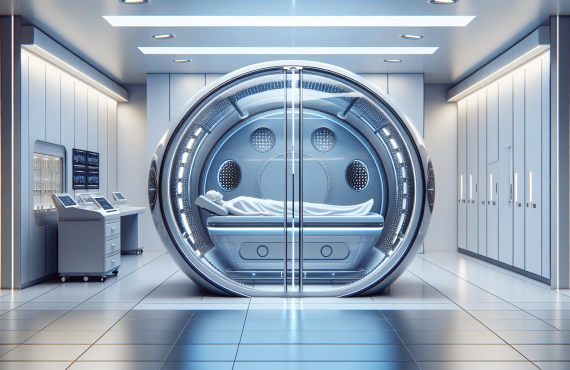Have you ever wondered how you can tell if oxygen therapy is doing what it’s supposed to? It might sound like a straightforward question, but evaluating the effectiveness of oxygen therapy takes more than just observation. It’s a process that might involve a little detective work, scientific understanding, and a keen eye for details.
Table of Contents
What is Oxygen Therapy?
Oxygen therapy, simply put, is giving your body extra oxygen. People often require this when their lungs are not providing enough oxygen due to various reasons. Medical professionals use oxygen therapy to treat people with conditions like chronic obstructive pulmonary disease (COPD), pneumonia, asthma, and even severe cases of COVID-19. It helps relieve the stress on your body’s systems when they’re working overtime to absorb needed oxygen.
The Basics of Oxygen Therapy
Oxygen therapy can be administered in many forms. It might be as simple as a nasal cannula, which is a lightweight tube with two small prongs that fit into your nostrils. Alternatively, it could involve a face mask or even a tube inserted directly into your windpipe. In some cases, oxygen is delivered to you in your own home, either through a concentrator or liquid oxygen tank. This therapy helps the body to function more efficiently and improves the quality of life.
Who Needs Oxygen Therapy?
Not everyone needs oxygen therapy, but for those who do, it could be a game changer. Patients with low blood oxygen levels from chronic respiratory diseases or acute illnesses often need it. Some conditions include COPD, cystic fibrosis, and heart failure. It’s like helping a runner get a nice refreshing sip of water after a long run—sometimes your body just can’t get all it needs on its own.
Why is Oxygen Therapy Important?
We all need oxygen to live—it’s as simple as that. Every cell in our bodies requires oxygen to produce energy and perform functions. When your body can’t get enough oxygen, fatigue, and confusion set in, and over time, organ damage can occur. With the help of oxygen therapy, the body’s oxygen levels are replenished, improving energy levels, sleep, and overall quality of life.
Benefits of Oxygen Therapy
Improving oxygen levels in the blood helps alleviate symptoms associated with low oxygen. Patients often report better concentration, increased stamina, and improved quality of sleep. Besides the everyday benefits, it can also reduce the risk of mortality for those with severe respiratory disease. With increased oxygen levels, the body’s organs work efficiently, reducing the risk of organ failure.
Risks and Considerations
Though oxygen therapy offers many benefits, it isn’t without risks. Too much oxygen can damage the body’s cells, leading to oxygen toxicity. It’s crucial to monitor and adjust oxygen levels according to personal needs. That’s why regular evaluation and monitoring of therapy effectiveness are essential.

How to Measure the Effectiveness of Oxygen Therapy
Measuring how well oxygen therapy is working can be done in several ways. Both objective measurements and subjective evaluations play a role in determining its effectiveness.
Pulse Oximetry
One quick and painless method of measurement is pulse oximetry. It involves clipping a small device to a body part, like your finger or earlobe, where it calculates how much oxygen your blood is carrying as a percentage of its full capacity. Normal readings usually range between 95% and 100%, but these can vary depending on your specific health condition.
Arterial Blood Gas (ABG) Test
Another more detailed measurement is the Arterial Blood Gas (ABG) test. This is a more invasive test that measures the acidity (pH) and levels of oxygen and carbon dioxide in your blood. The ABG test directly measures these from an artery, providing data about how well oxygen is being moved into the blood and carbon dioxide out of the blood. This test helps determine the proper amount of oxygen therapy needed for effectiveness.
Subjective Measures
Besides numbers and percentages, there’s also something to be said for how you feel. Feeling more energetic, breathing easier, and being less fatigued are important indicators that shouldn’t be ignored. Speak up if something doesn’t feel right or if improvements aren’t noticed—it can often guide further adjustments.
Hyperbaric Oxygen Therapy
Apart from traditional oxygen therapy, there’s hyperbaric oxygen therapy (HBOT). This involves breathing pure oxygen in a pressurized chamber, often used to speed up healing in cases where high oxygen levels can accelerate the healing process.
What is Hyperbaric Therapy?
hyperbaric therapy involves breathing 100% oxygen in a chamber with air pressure levels two to three times higher than normal. This method can treat carbon monoxide poisoning, infected wounds, and even burns. When done correctly, it delivers enough oxygen to tissues to promote significant healing.
How Hyperbaric Therapy Works
Under typical conditions, your lungs gather oxygen from the surrounding air. However, in a hyperbaric chamber, increased air pressure means a greater concentration of oxygen in the bloodstream, and it reaches tissues with limited oxygen supply. The oxygen-rich blood spurs the body’s healing, reduces swelling, and enhances immune function.
Evaluating Hyperbaric Therapy’s Effectiveness
Similar to standard therapy, effectiveness can be gauged through symptom relief, wound healing rate, and patient feedback. Additionally, specific monitoring of tissue oxygen levels and recovery tracking is crucial.

Frequently Asked Questions
1. How long does oxygen therapy take to work?
It depends on the condition being treated. Some might feel improvements immediately, especially in cases of acute needs, while chronic conditions may require ongoing therapy for noticeable improvement.
2. Can you overuse oxygen therapy?
Yes, too much oxygen can be harmful and cause oxygen toxicity. It’s important to use prescribed amounts and attend regular evaluations to adjust the therapy as needed.
3. Is a prescription required for oxygen therapy?
Yes, typically, a doctor will need to conduct tests and provide a prescription tailored to individual needs.
4. Can oxygen therapy be used long-term?
Most definitely, oxygen therapy is a common long-term treatment for chronic conditions, allowing many to live healthier, more comfortable lives.
5. Does using oxygen mean you can’t be independent?
Not at all. With the wide range of portable oxygen equipment available, those who require oxygen therapy can maintain independence and continue with regular activities.
Practical Considerations for Oxygen Therapy
Understanding and evaluating oxygen therapy involves the whole picture: the numbers, the feelings, and the practicalities surrounding it. From selecting equipment to setting schedules for use, the patient experience is a critical component of therapy evaluation.
Selecting the Right Equipment
Having portable options can make a world of difference for an active lifestyle. Portable oxygen concentrators, tanks, and liquid oxygen options each have their pros and cons, including capacity, refill requirements, and weight. Working with health professionals to select what suits your lifestyle best is key.
Monitoring Regularly
Regular checkups and monitoring are necessary. Over time, oxygen requirements might change, and professionals can adjust the therapy to fit these needs better. Regular sessions with healthcare specialists ensure the therapy remains safe and effective.
Conclusion
Oxygen therapy can drastically improve a patient’s quality of life, and understanding how to evaluate its effectiveness ensures the treatment is working as it should. With tools like pulse oximetry and ABG tests, subjective measures, and regular professional oversight, determining the right balance becomes easier. Always maintain open communication with healthcare providers to guarantee the treatment not only supports but enhances daily living. Remember, for more personalized care, reach out to providers like Henry Chiropractic in Pensacola, FL, for expert advice and assistance with your health journey.








